The size of camera phone bumps are officially out of control
Phone cameras need to cool it with the gargantuan designs
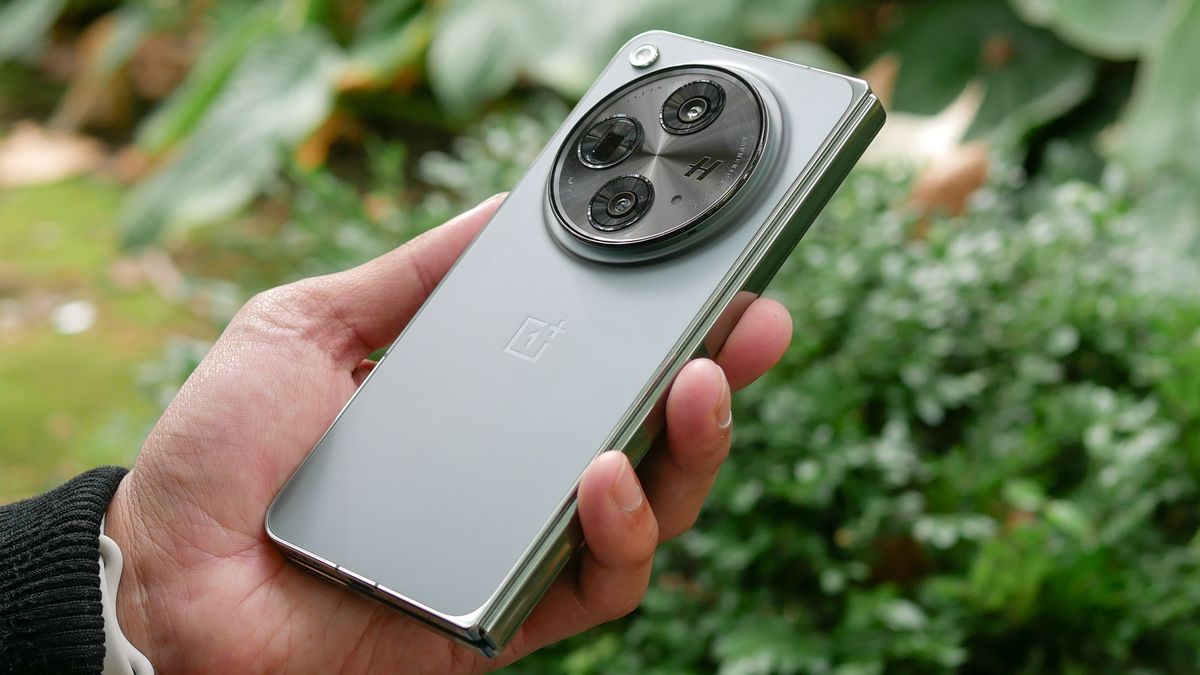
While smartphones haven’t evolved much beyond the core “glass rectangle” design popularized over the past decade and a half, it’s not like the design hasn’t actually changed over the years. In fact, various aspects of phone design have changed, whether we’re talking about full-body screens, sturdier materials or foldable phones.
Not all of those changes have been for the better, though. The past several years has seen the design of phone cameras get out of control in the battle for best camera phone. I'm not talking about camera capabilities or the apparent push towards triple-digit resolution, but the fact that the cameras themselves are so darn big.
Too big, in my opinion, and it seems like that growth isn’t slowing down anytime soon.
Why are phone cameras so darn big anyway?

The specifics of camera science is not easy to explain quickly. There are a lot of reasons why phone cameras have grown to the point that they stick out more than a Trekkie at a renaissance fair. One of the big things is that making cameras smaller and functional is quite difficult — especially if you want high quality photos.
Balancing device thickness with the ever-increasing needs of high-quality camera hardware leads to oversized camera bumps.
So you don't end up producing one of the best camera phones unless you're willing to include the right hardware. And that hardware needs space.
Two of the biggest factors here are the ongoing trend of larger image sensors and better optical zoom capabilities. Larger sensors mean more light can be captured, which has a positive impact on the quality of your photos — especially in low light. Higher levels of optical magnification need more space, and there’s absolutely no way around that. There’s a reason paparazzi cameras have such insanely large lenses on them.
Remember the flush mobile cameras of years gone by? As convenient as they were, some of the photos you took could be rather awful — especially in low-light conditions.
It certainly doesn’t help that phone companies really emphasize their devices being thin and sleek. The problem is that space inside smartphones is at a premium, which can make it difficult to fit all the right components inside. Space is the official reason Apple removed the headphone jack, and why OnePlus removed the fan-favorite alert slider.
That hardware took up space that was needed for more advanced components, and apparently increasing the thickness of the phone isn’t an option. While it’s not a catch-all solution for Tetrising new parts into place, the very idea seems to be taboo for most premium phone makers.
The problem is balancing device thickness with the ever-increasing needs of high-quality camera hardware contributes to the problem of oversized camera bumps.
The bigger the camera, the more problems there are

When the iPhone 6’s camera started to poke out from the main body people lost their minds. Someone even went so far as to shave the camera bump down with a grinder.
Damage the rear camera on your iPhone 15 Pro? That’s $249 out of the window if you don’t have Apple Care Plus.
Not something we’d recommend, and clearly a stunt, but it showed what peoples’ attitudes were like at the time. People fear change, especially when that change makes it almost impossible for a naked phone to sit flush against your desk.
The crazy thing is that back then the bump wasn’t anywhere near as big as the bump on an iPhone 15. But these days folks are more accustomed to that protruding block on the back of their phones.
I say this as an owner of a Pixel 6 Pro, which has a camera bar stretching the width of the back of the phone. While the phone doesn’t wobble, the footprint of the camera module causes other problems. I’m a big fan of using my phone to play my games consoles remotely, particularly for the the Xbox Series X.

The problem is that my Pixel 6 Pro doesn’t fit inside a Razr Kishi because, you guessed it, the camera module is too big. Or more specifically because it stretches over the middle part of the phone, the same space needed by the grip itself. Because of that factor I’ve resorted to using my old phone, a OnePlus 7 Pro with a partially-burn-in damaged display.
You also have to consider that huge camera modules could, potentially, be a point of weakness. And the bigger the module the more likely it is to get accidentally damaged. Granted, that’s been an issue as long as camera phones have been around.
But consider a phone like the Xiaomi 13 Ultra, whose camera module looks like someone stuck a glass hockey puck on the back. Damage the glass covering and suddenly you may not be able to use your camera without a pricey repair bill. Damage the rear camera on your iPhone 15 Pro? That’s $249 out of the window if you don’t have Apple Care Plus.
At least a damaged phone back, while admittedly not nice to look at, isn’t going to affect your day-to-day use of the phone.
Big phone cameras look awful
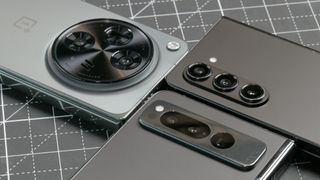
Despite that practical disadvantage, the recent wave of camera bar Pixel phones aren’t the worst offenders. It’s long but it isn't hugely thick. Google also worked the look of the bump to its advantage by offering a two-tone color scheme that has continued with the Pixel 8 series.
The problem is that big camera bumps still don’t look great — and the largest ones definitely look the worst. Take the OnePlus Open, for instance, or even the OnePlus 11. Both phones have an enormous circular camera module slapped onto the back of the phone. They’re not alone either, and the Xiaomi 13 Ultra is another example of this in action — to the point where we referred to it as a “shallow glass ski ramp” in our hands-on.
And I’m just thinking, who the heck thought this kind of design was ok? In an age where phones, especially Android phones, are painfully similar from a hardware perspective, the design is one of the few things that helps set them apart. You’d think they’d try and make their phones look good, right? Especially when certain types of people see phones as a fashion accessory rather than a practical tool.
It is possible to make camera bumps look less terrible. The Pixel series is one example of that in action, to a point. As is the iPhone 15 Pro’s triple-lens camera design that evokes some memory of old-timey video cameras.
Still, the two are far larger than they really should be, and it's unfortunate that the bigger the camera modules are, the harder it seems to be to make them blend in a little better.
Bottom line
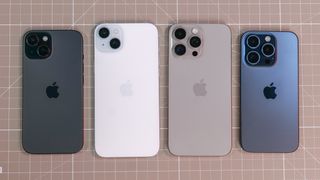
Camera bumps have been around for a while now, and they don’t seem to be going anywhere anytime soon. Certainly not as phone companies attempt to push the limits of what phone cameras can actually do. There’s a physical limit to how small you can make this stuff without too much compromise, and I suspect better-performing cameras will win out every single time.
But it would be nice if phone companies could at least try to keep the camera profile as small as possible. Rather than lazily slapping a monstrosity of a camera on the back of the phone and calling it a day. If we’re going to have to deal with camera bumps for the foreseeable future, they could at least keep the profile as small and sleek as possible — while making sure it causes as few practical problems as possible.
More from Tom's Guide
Sign up to get the BEST of Tom's Guide direct to your inbox.
Get instant access to breaking news, the hottest reviews, great deals and helpful tips.

Tom is the Tom's Guide's UK Phones Editor, tackling the latest smartphone news and vocally expressing his opinions about upcoming features or changes. It's long way from his days as editor of Gizmodo UK, when pretty much everything was on the table. He’s usually found trying to squeeze another giant Lego set onto the shelf, draining very large cups of coffee, or complaining about how terrible his Smart TV is.
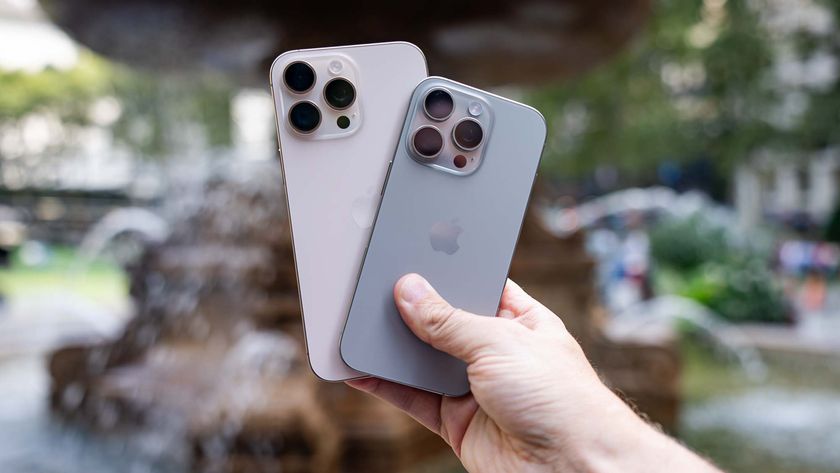
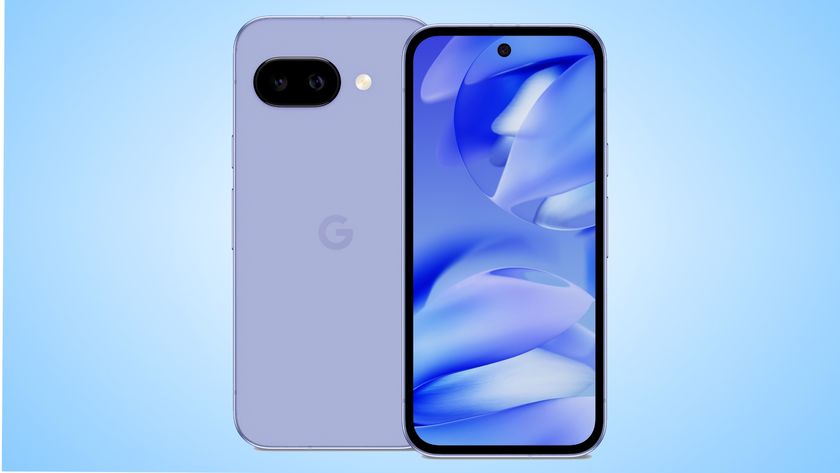
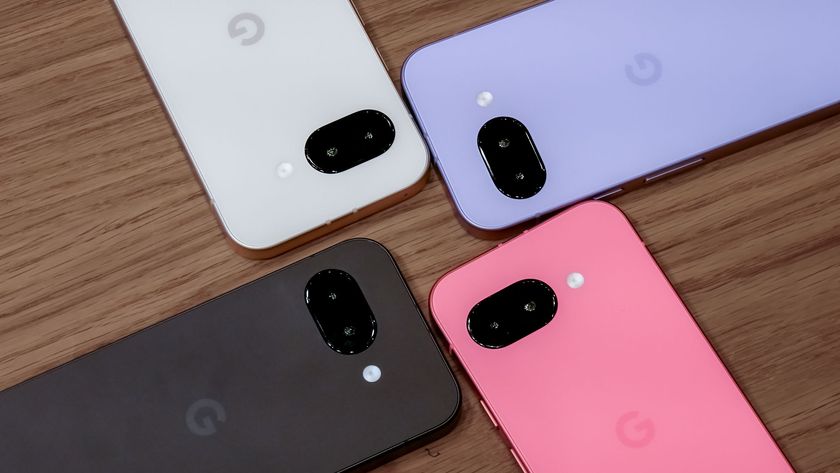
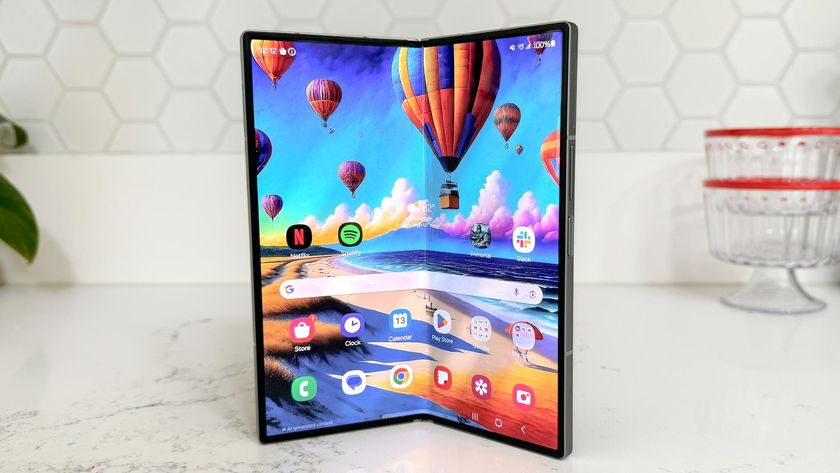
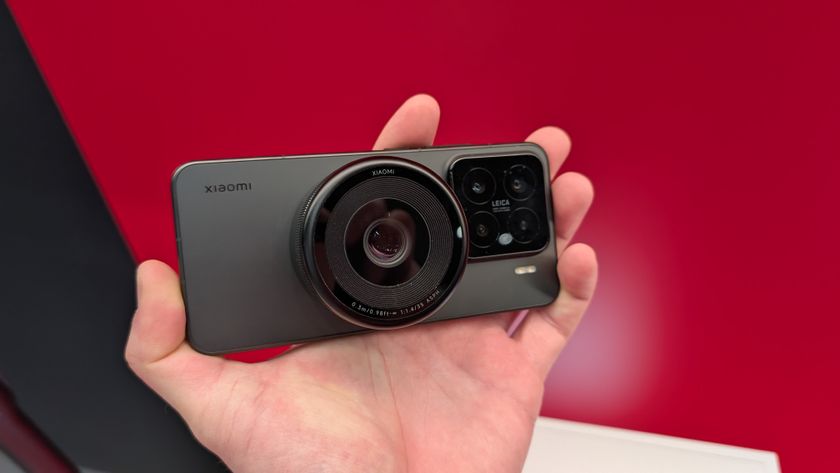
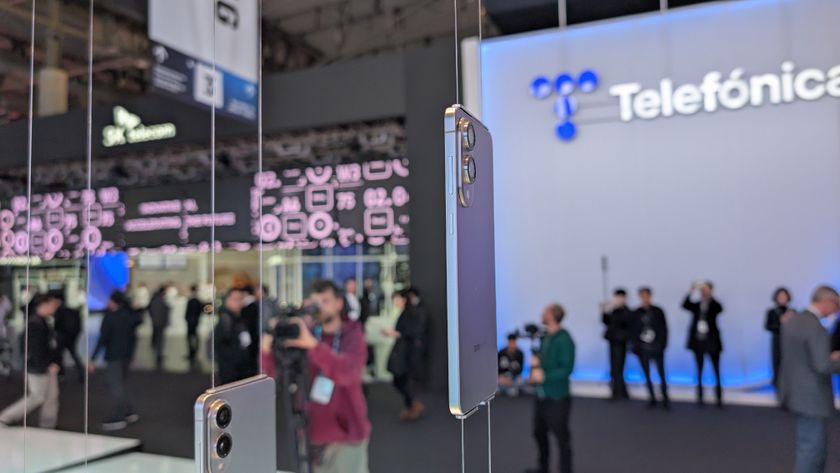
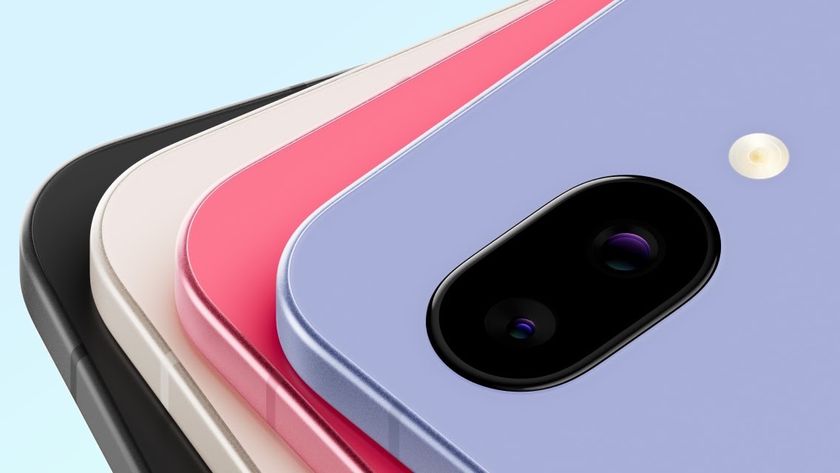
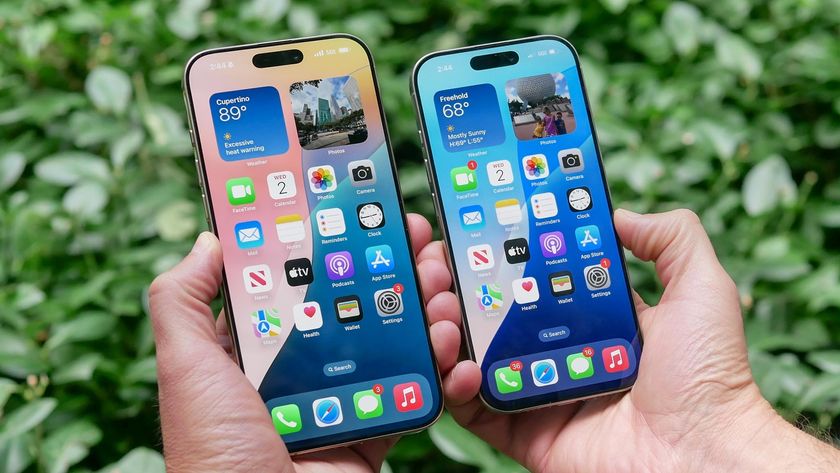
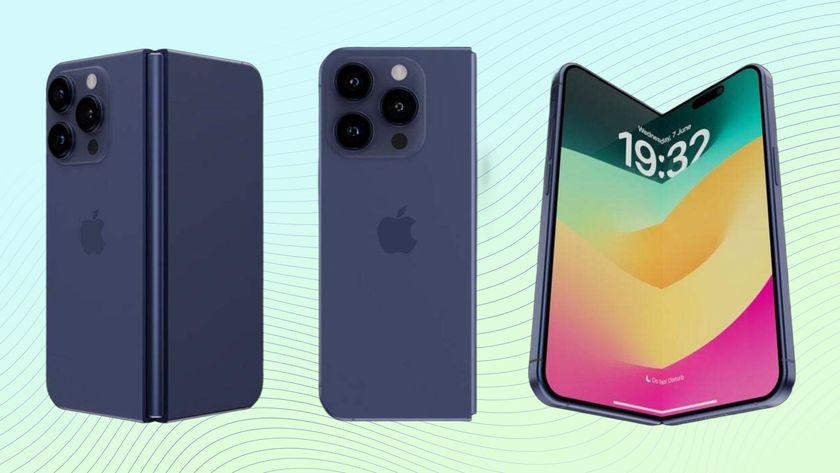
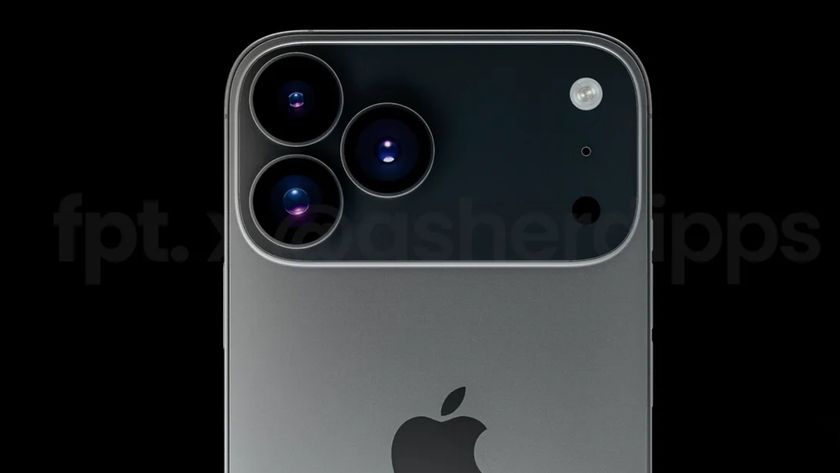
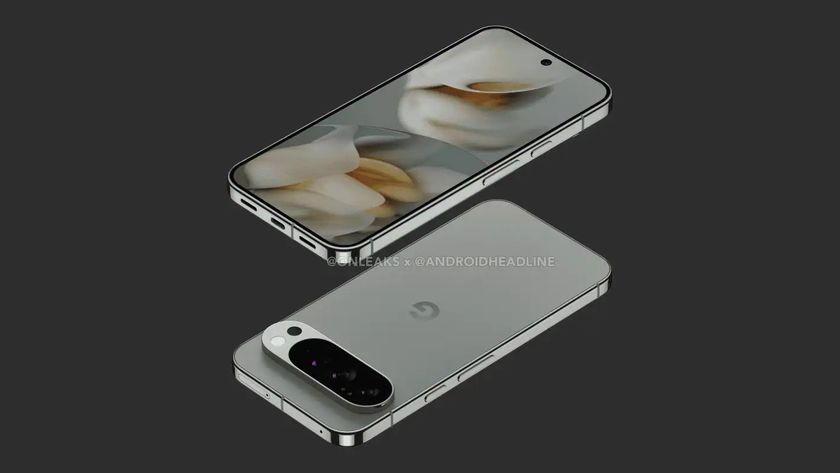

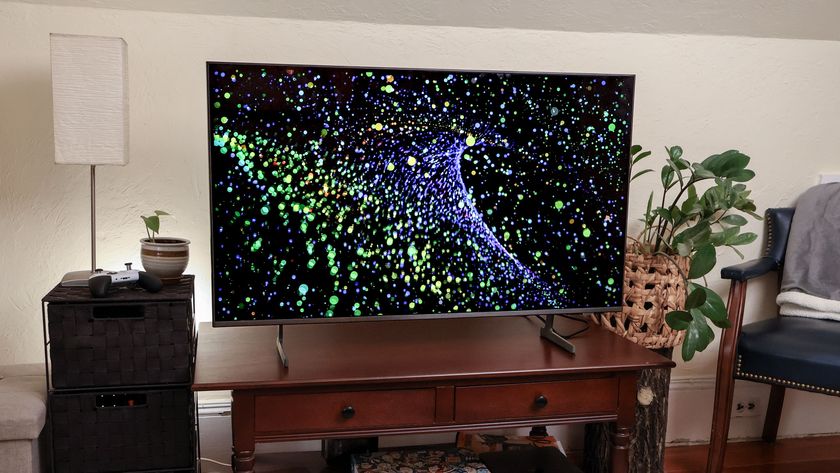
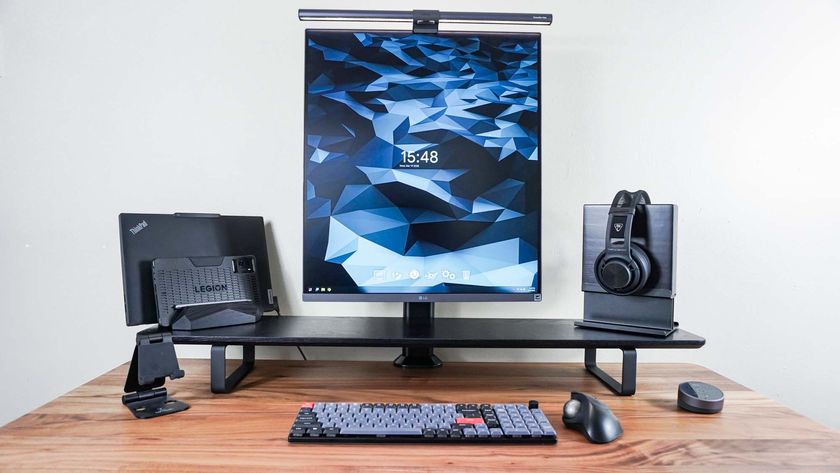
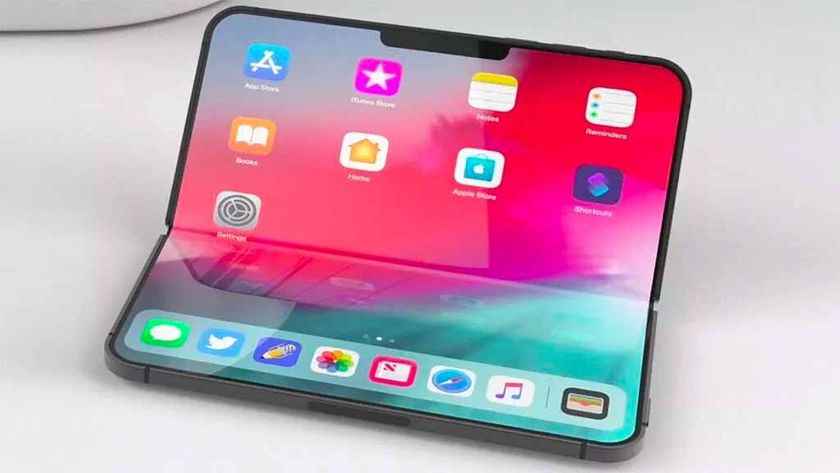

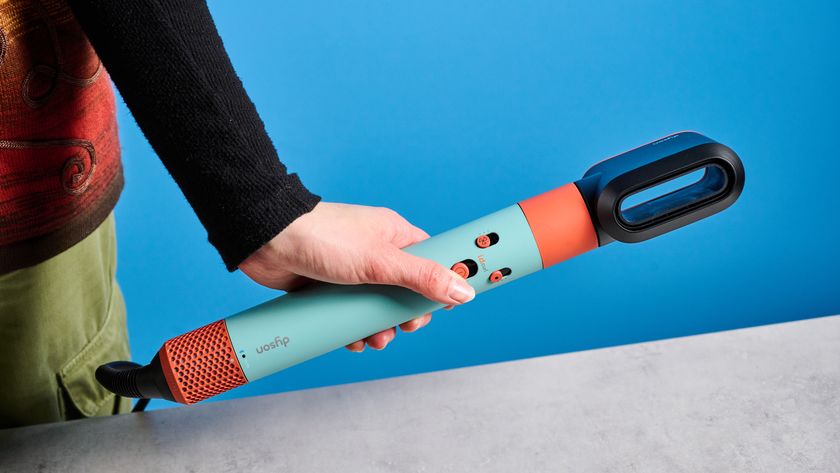

-
Astrodad I feel like you intentionally ignored the Samsung line of phones, those bumps are about as minimal as you can getReply -
Technerd71 It is a catch 22. There is no way to win. We are talking physics. Camera performance on a phone is one of the most important parts of a phone for many people. OEM's and Apple understand how important camera systems are to consumers.Reply
If you prioritize sleekness with no camera bump but use lower zoom and sensor size and try to charge flagship prices your phone will be doomed.
Cameras are just too important to compromise for aesthetics. What people want is both. We want a device to be aesthetically pleasing but also incorporate good industrial design. I think most consumers understand the compromises of having a good camera system and are willing to deal with a camera bump if they get great photos that capture their special moments.
Pixel phones have prioritized camera performance with software enhancement from the start and it has been extremely successful.
In my opinion Apple and Google have the best designs for the Cameras in their phones. Samsung probably has the best design for being as unobtrusive as possible while Google took the in your face design. -
BarryRosie Forget about the camera bump sizes, or better yet, hide them. Make the phones thicker! If the phone was thick enough to come out even with the camera lenses it would make more room for a battery that is finally decently sized and allow you to use your phone for at least one full day without having to recharge. Phones are always lacking enough battery power. Let's change that. Keep the great cameras and give us a great, long lasting battery in a thicker phone!Reply -
Avalon11 The bigger is camera the better it's performance and more professional quality photos/videos will be. I'a willing to accept bigger camera bumps.Reply
Game changer could be introduction of quantum dot and graphene enchanced CMOS sensor with metalens which could make cameras very compact without quality sacrifice.






